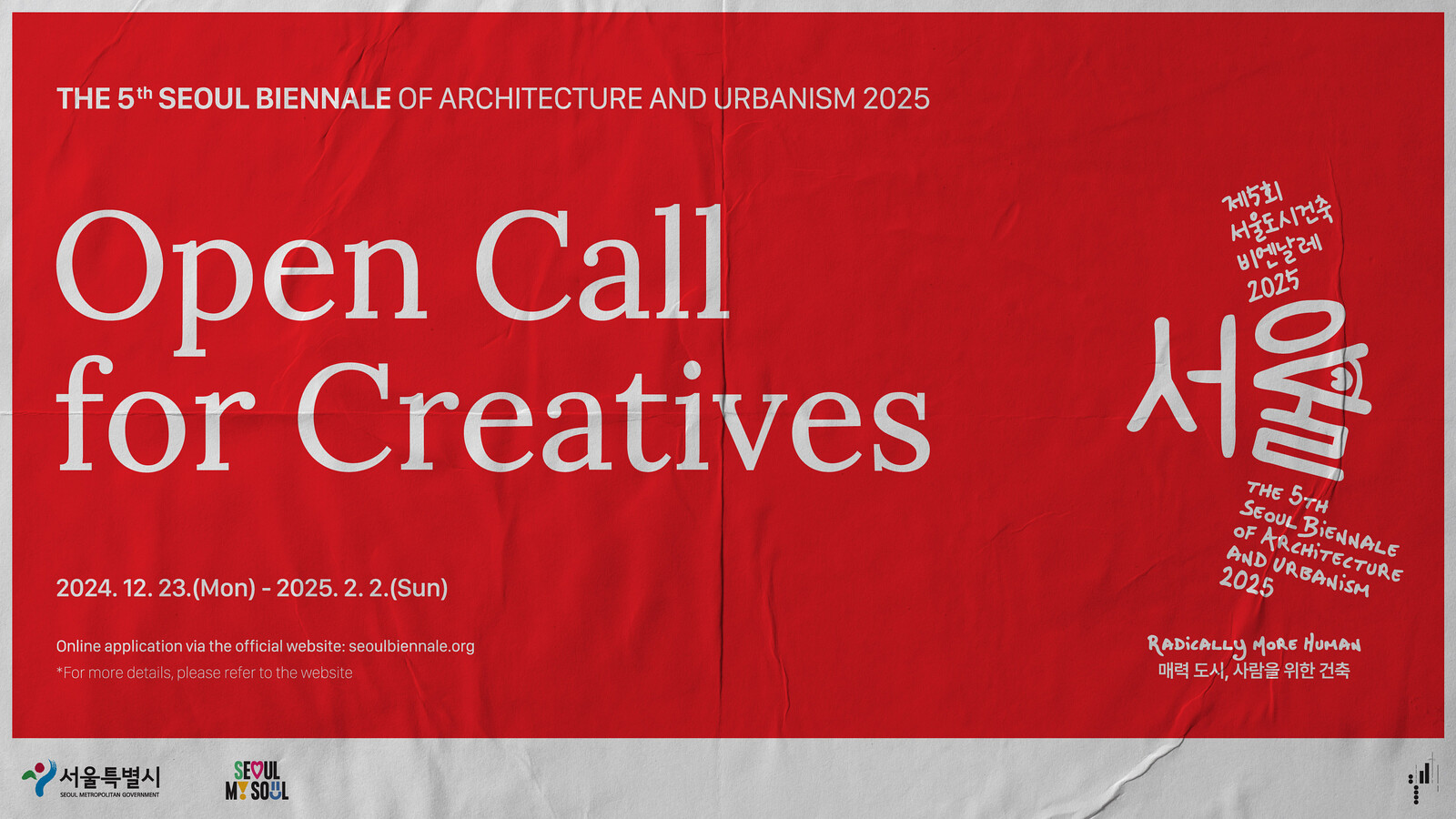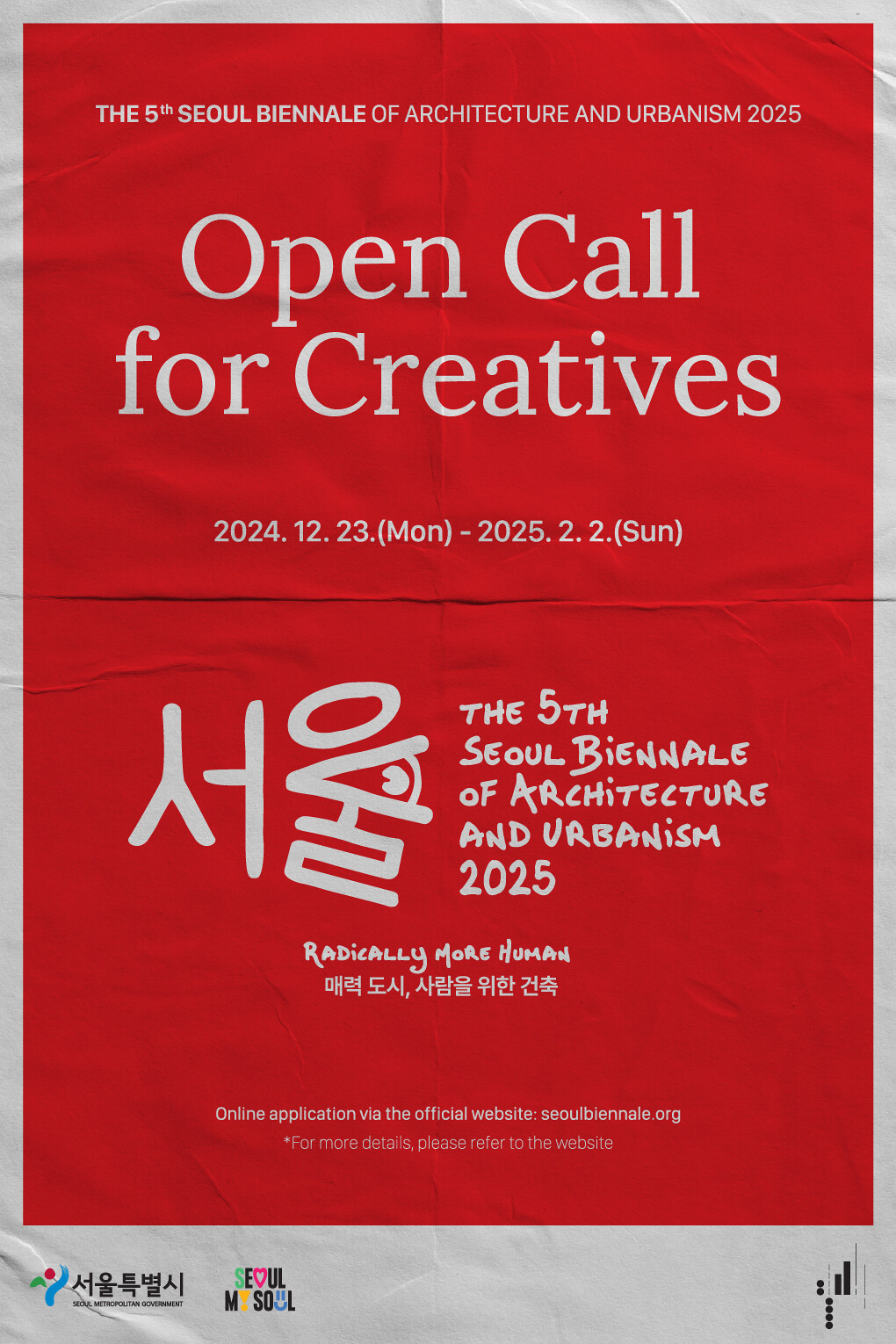A Travel logs series
October 4–November 1, 2024
Grisebach Switzerland is delighted to present a selection of works from the Daros Latinamerica Collection, one of the most significant and comprehensive collections of contemporary Latin American art.
The second edition of the newly launched series Travel logs welcomes Ricardo Sardenberg, a highly regarded Brazilian curator currently based in São Paulo. Sardenberg’s contribution to the series sharpens Grisebach Switzerland’s mission to showcase and nurture transcultural ideas, dialogues and connections.
About the exhibition: by Ricardo Sardenberg
The Tower of Babel focuses on Latin America’s experience of violence, the inherent breakdown of language revealed in profound confrontations by five seminal artists from the region: Lenora de Barros, Juan Manuel Echavarría, León Ferrari, Nelson Leirner and Nadín Ospina. The five selected artists provide a representation of Latin American contemporary art from the 1960’s to the present from the perspective of three major countries: Argentina, Brazil and Colombia.
The exhibition can be seen as an archive of radical political dissent and the demand for human rights. The presented artworks reveal and confront fundamental threats to a multiplicity of viewpoints, from a distinct Latin American perspective.
Centre piece of the exhibition is the work Guerra y pa’ (2001) by Colombian artist Juan Manuel Echavarría’s (Medellín, Colombia, 1947). Consisting of a single channel video, it shows two parrots randomly exchanging the words Guerra (war) and Pa’ (peace, with its final letter “z” missing).
In Lenora de Barros’s (São Paulo, Brazil, 1953) iconic Poema (1979–2012), six photographs register a private performance where the artist’s tongue interacts with a typing machine in such a way that the machine seems to be devouring and begging for words. De Barros follows a long practice of creating art in relation to newspapers and their broad audience and speaks to the violence enacted upon the bodies of those who dare to speak out in the face of injustice.
Another key body of work from the collection confronting censorship are the Letters (Untitled) of Argentine artist Leon Ferrari’s (Buenos Aires, Argentina, 1920–2013). Ferrari’s “written drawings”, executed throughout the 60s and 70s, are a powerful aesthetic experiment at the crossroads between communication and its impossibility when clouded by violence. Intended originally as letters to the generals, they are an encoded game between the suppressed need to say something and the challenge of survival for anyone outspoken in a society silenced by military violence and imposition. The drawings are a visual cipher of an aesthetic beauty that challenges power through silent poetry.
Nelson Leirner (São Paulo, Brazil, 1932–2020 Rio de Janeiro, Brazil) and Nadín Ospina (Bogotá, Colombia, 1960), both from very distinct viewpoints, make use of humor to explore and invert the idea of Latin America as a locus of consumption of Western culture, giving a nod to the pop traditions of the second half of the 20th century. Leirner’s Homenagem a Fontana I (1967) stiches the classic Fontana incision with a zipper, again closing the “other side” of the canvas with a material associated with the American blue jeans industry. Ospina re-appropriates pre-Colombian sculpture with symbols taken directly from the Disney iconography which flooded Latin America and thus questions the concept of an untainted culture in our time.
It is said that “love” and “hope” are eternal. Yet it is unbelievable that we live in a time when it is much easier to imagine war and destruction than peace. One should remember the primordial function of art, which is to shake up the imagination beyond the imaginable. One should think today of the lessons contained in the myth of the tower of Babel and the scattering of the people in the land and avoid war. The works in this exhibition present a powerful lesson from the past, that continue to resonate for the present and future.
Opening reception: October 3, 5–8pm
Viewing: October 4–November 1, 11am–5pm
Contact: Michèle Sandoz, Managing Director, michele.sandoz [at] grisebach.com, T +41 44 212 88 88.



